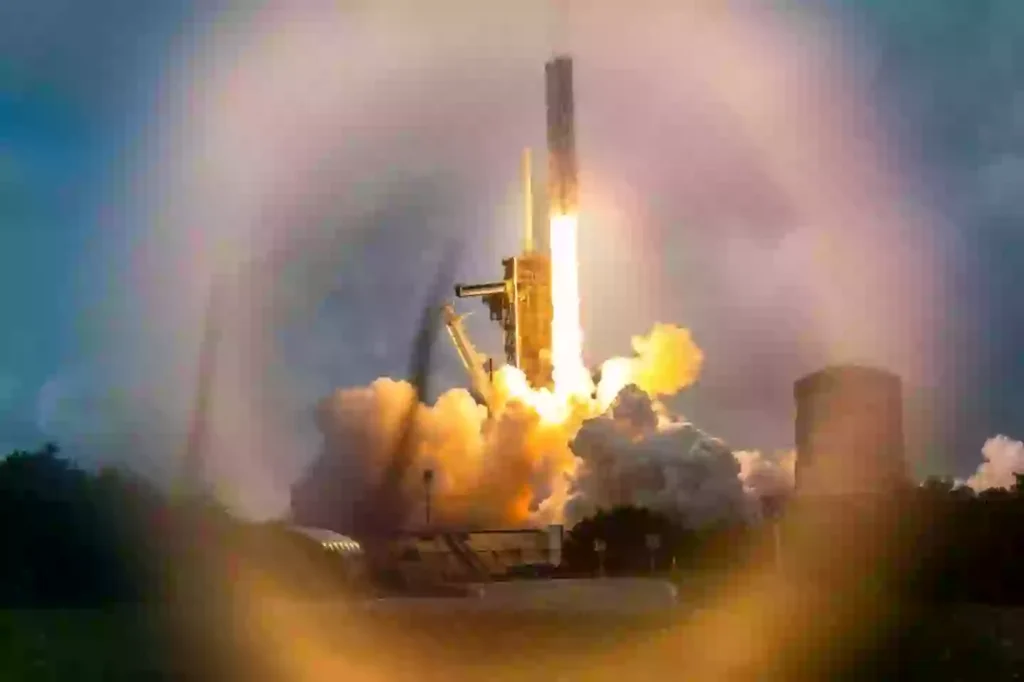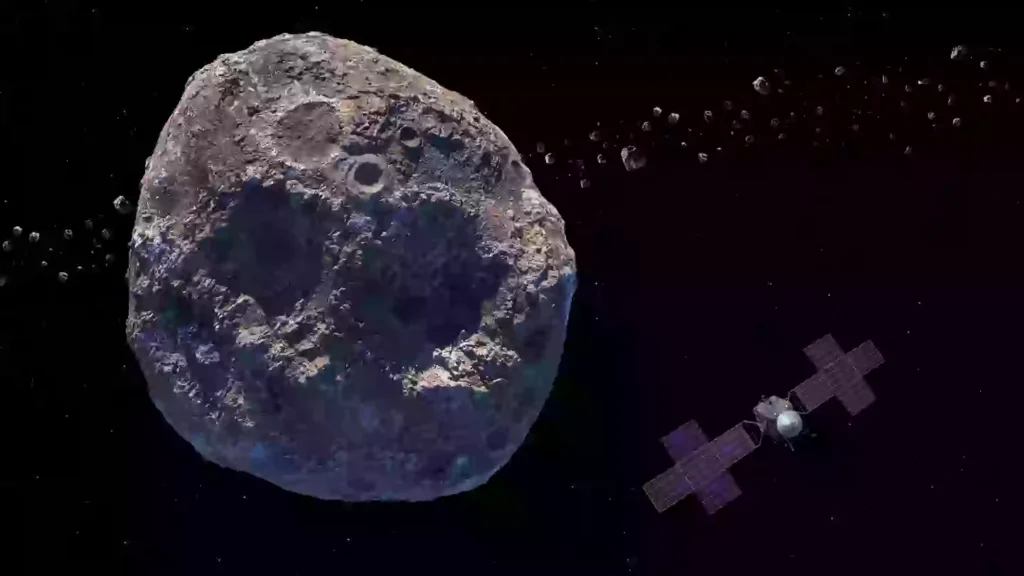The asteroid could revolutionize what we know about how our own planet formed
NASA is exploring an asteroid valued at one hundred quintillion dollars for a specific reason.
In October 2023, the space agency launched its Psyche mission aboard a SpaceX Falcon Heavy rocket to study 16 Psyche, one of the largest known M-type asteroids.
Unlike most asteroids, which are primarily composed of rock and ice, this one is unique.
The asteroid covers approximately 64,000 square miles (165,800 square km) in area, nearly matching Tunisia, which spans about 63,170 square miles in total.
16 Psyche is estimated to consist of up to 60 percent iron and nickel—valuable metals that could, in theory, turn everyone on Earth into a billionaire.
The spacecraft is expected to travel 2.2 billion miles (3.5 billion km) to reach its target, situated in the asteroid belt between Mars and Jupiter.
Despite its speed of 124,000 mph, the Psyche craft is still quite distant from its destination.
Next year, Psyche will perform a ‘gravity assist maneuver’ at Mars before continuing on to the asteroid, arriving there in 2029.
Rather than landing on 16 Psyche, the spacecraft will orbit it for 917 days, from August 5, 2029, until October 31, 2031.
How will NASA study 16 Psyche?

The Psyche spacecraft began its journey in October 2023 (CHANDAN KHANNA/AFP via Getty Images)
Upon entering orbit, the spacecraft will map and analyze Psyche in various ways, aiming to provide scientists with new insights about this remarkable asteroid.
One of the instruments onboard will be a multispectral imager, which captures images in specific wavelength ranges of the electromagnetic spectrum.


